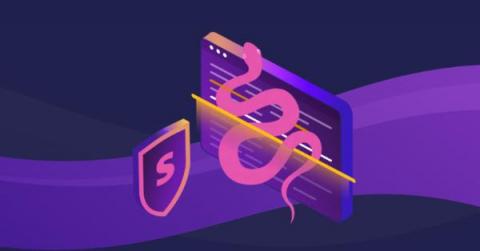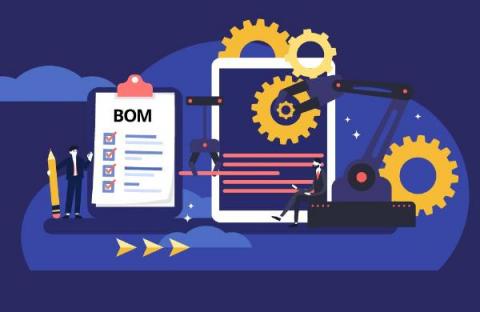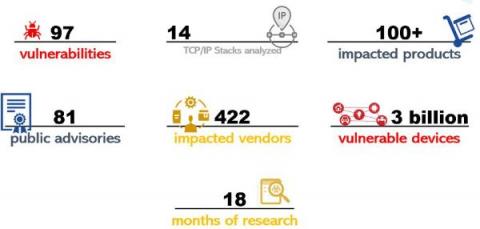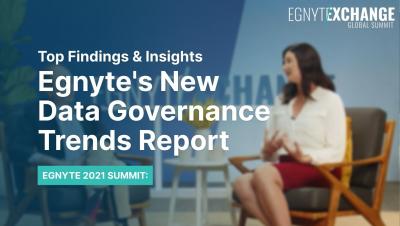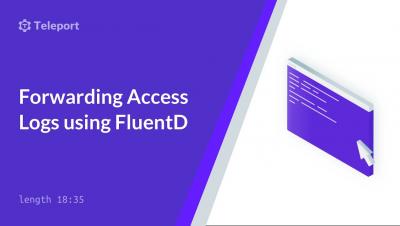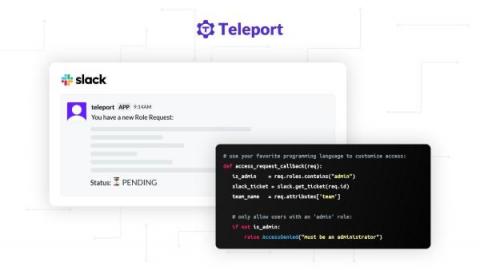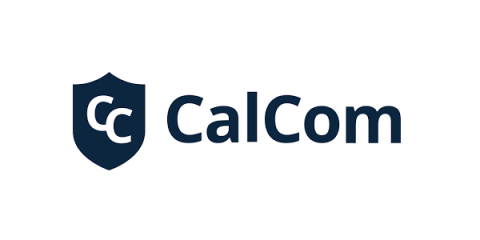What are Information Security Controls?
The possibility of a data breach at your organization can be anxiety-inducing. According to the Ponemon Institute, the average cost of a data breach is $3.61 million, and it’s on the rise; the average data breach cost is up 10% over last year and remote work is a contributing factor: Ponemon found that breaches caused by remote work were $1.07 million more expensive than those that weren’t. This may have your organization wondering if you’re protecting your data in every way you can.



